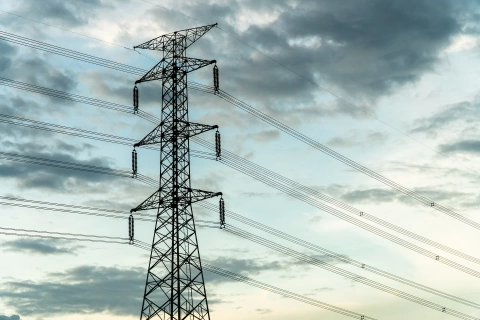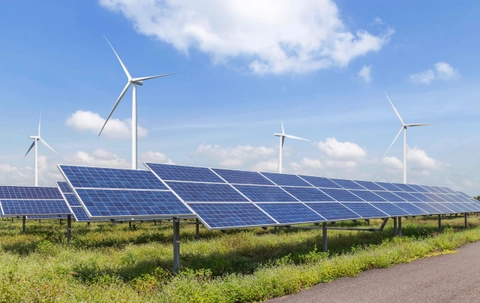In the ever-evolving landscape of the energy sector, the role of flexibility services in ensuring a stable and resilient electricity grid has become increasingly vital. As the demand for renewable energy sources continues to grow, flexibility service providers play a crucial role in balancing supply and demand, optimising grid performance, and fostering a transition towards a more sustainable energy future.
In this blog post, we explore the key insights from the report titled “Revenue Stacking for Flexibility: A Report for National Grid Electricity Distribution” and shed light on the opportunities and challenges/solutions that lie ahead for providers of distributed flexibility services to electricity network operators in Great Britain.
Flexibility encompasses a wide range of services, including Distribution System Operator services (DSO), various markets and mechanisms such as the wholesale market and Balancing Mechanism, constraint management such as the Electricity System Operator’s (ESO) MW Dispatch Service, frequency response including Dynamic Containment, Regulation, and Moderation suite, reserve services and security and restoration
As we navigate through this constantly changing system, there are numerous key insights to glean from the report. Within this context, it is crucial to highlight the central messages that the report is built around:
Evolution: We must acknowledge the rapid evolution of these services in response to the changing nature of the electricity system. With increased decentralisation and demand-side response participation, services are being provided from a greater number of increasingly smaller assets than ever before. Further, new services have been and are being developed from both DSOs and the ESO, meaning that understanding revenue stacking and interactions is more important than ever before.
Interaction: Not all services are created equal, and interaction between services is varied. Some services can be provided simultaneously (co-delivery), some enable simultaneous splitting of capacity between more than one service at the same time, while others allow jumping between services in different delivery time periods
Progress: While network owners and operators have made progress in supporting flexibility service providers, more can be done to (i) provide better guidance, (ii) clarify whether and what type of stacking is allowed and (iii) align arrangements across different services procured. The report identifies various challenges and sets our recommendations designed to unlock an increased service provision for network operators to procure.
The report identifies various challenges and sets out recommendations designed to unlock and increase service provision for network operators to procure.
Enhancing visibility of service stackability, and establishing cross-service guidance with clear governance will streamline market access for providers.
Additionally, clarifying the role of assets with non-firm connection capacity and defining the situations for co-deliverability will unlock additional capacity.
Finally aligning contractual arrangements and delivery timeframes will enable maximum capacity to be offered and utilised effectively.
By addressing these challenges and seizing the opportunities providers of distributed flexibility services to electricity network operators in Great Britain can drive progress in the energy sector and help foster an efficient and innovative system.
Your feedback and views on the key findings are really important. Join our joint interactive workshop on 14 February 2024 (3pm) with National Grid Electricity Distribution to share your thoughts. Details including how to register and participate can be found here.
In case you missed it, access the full December report and webinar. , as well as the slides presented and recording from the webinar .
You can also find the latest summary infographic from the report here.




